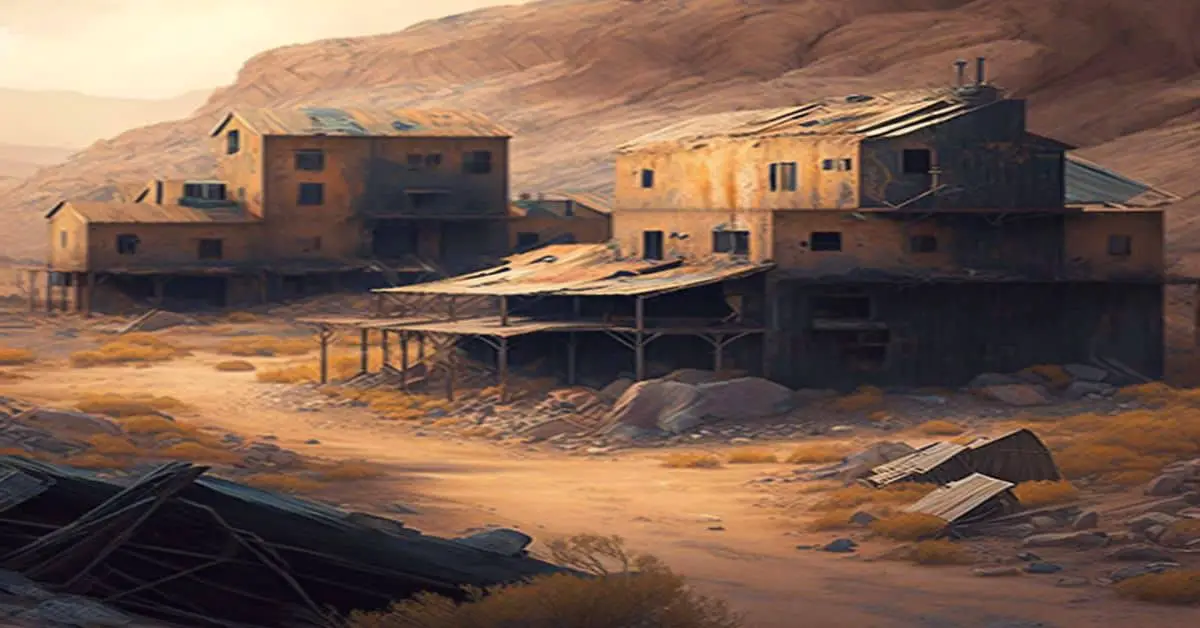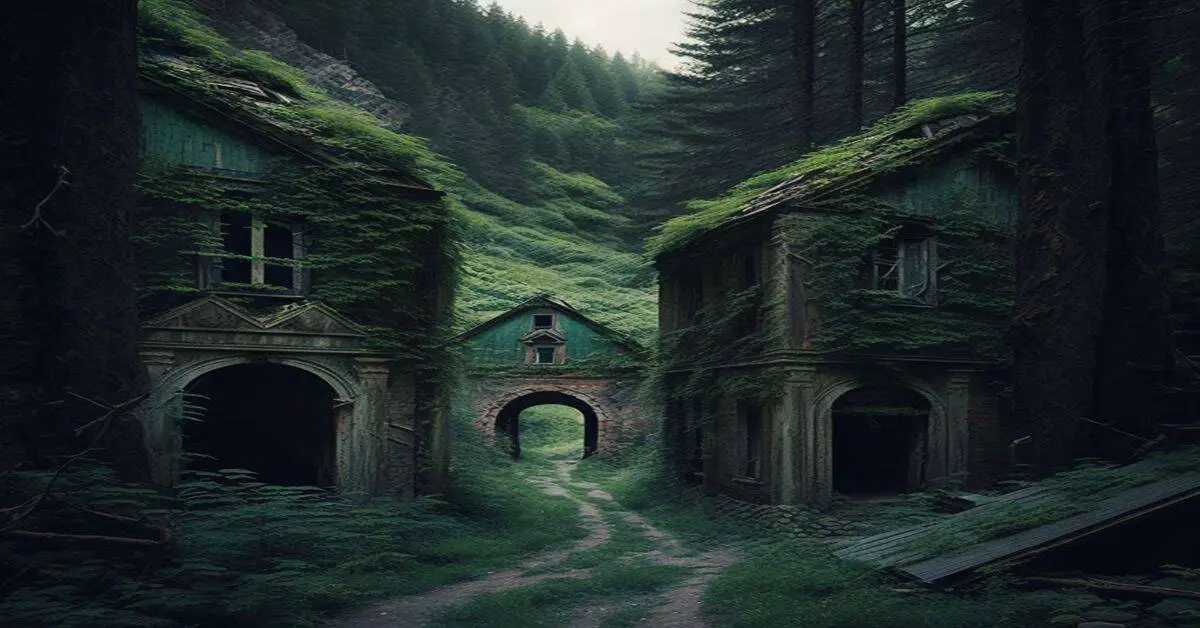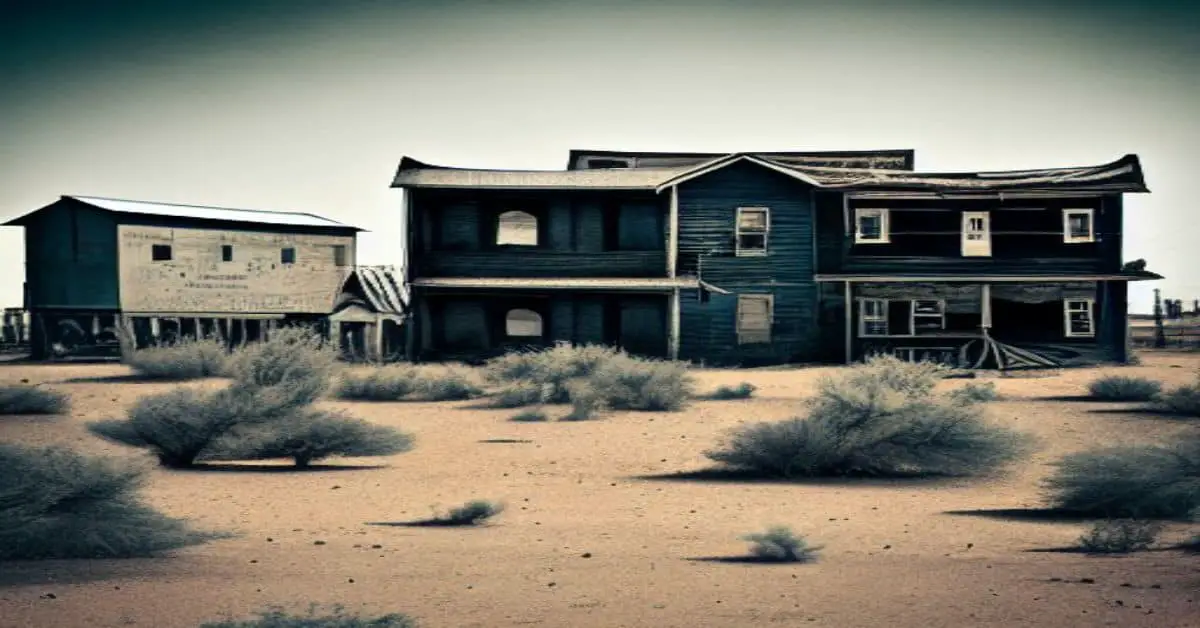Nestled amidst the San Juan Mountains in Hinsdale County, Colorado, lies the semi-ghost town of Lake City. This hidden gem offers visitors a chance to step back in time and experience a piece of American history. Founded in the late 1800s, Lake City was once a bustling mining town with over 500 structures and a population of 2,500.
Today, many of the original buildings still stand, providing a glimpse into the past and a unique opportunity for tourists, vacationers, and outdoor enthusiasts alike. Despite its small size and remote location, Lake City offers a plethora of attractions and accommodations that cater to a diverse range of interests.
From fishing and hunting to hiking and off-road adventures, there is something for everyone to enjoy. Moreover, the town’s rich history and unique architectural style make it a popular destination for history buffs and architecture enthusiasts. Whether you are looking for a peaceful retreat or an exciting adventure, Lake City has something to offer.
Join us as we explore the fascinating history and attractions of this semi-ghost town.
Key Takeaways
- Lake City was founded in the late 1800s as a mining town with a population of 2,500 and 500 structures.
- Despite experiencing a decline in the early 1900s, the town has managed to survive and become a popular destination for tourists, vacationers, and outdoor enthusiasts.
- Lake City offers a glimpse into its past through its original buildings, museums, and guided tours that explore its mining history and Ute Indian tribe.
- The town’s mild summer climate and its location amidst the San Juan Mountains make it an ideal destination for outdoor activities such as hiking, camping, fishing, and off-road adventures.
History and Origin
The history and origin of Lake City, a semi-ghost town in Colorado, can be traced back to the Gold Rush of 1848. The discovery of gold in the valley led to a surge in population, with Lake City’s most productive years occurring in 1876 and 1877, when the town boasted 2,500 inhabitants and 500 structures.
However, fear of Ute attacks kept prospectors away until 1874, impeding the town’s growth. Despite the setbacks, Lake City thrived for a time as a hub of mining activity.
The town’s fortunes began to decline by 1902, with a decrease in population to about 500 inhabitants. Nevertheless, much of the original town and buildings remain, and Lake City has become a popular destination for tourists, vacationers, fishers, and hunters seeking to explore its rich history.
Attractions and Accommodations
Attractions in the area include opportunities for tourists, vacationers, fishers, and hunters, while accommodations are available in the form of cabins and campgrounds.
Lake City is a popular destination for those who enjoy outdoor activities, such as hiking, camping, and fishing. The Alpine Loop Scenic Byway offers breathtaking views of the surrounding mountains and is a popular route for off-road vehicles. For those interested in history, there are several museums and guided tours available that explore the town’s mining past and the role of the Ute Indian tribe in the area.
Lodging options in Lake City include cabins and campgrounds. Many of the cabins are located near the town’s historic district and offer a glimpse into what life was like during the town’s early years. Campgrounds are scattered throughout the area and offer a more rustic experience for those who enjoy camping. Many of these campgrounds are located near fishing streams and hiking trails, making them an ideal base for outdoor activities.
Overall, Lake City offers a unique blend of history, outdoor recreation, and rustic charm that attracts visitors from all over the world.
Population and Changes
With a population that grew to 2,500 during its most productive years in 1876 and 1877, Lake City’s decline over the years is evident. By 1902, the population had decreased to about 500, a significant shift in demographics. This decline was due to the exhaustion of the mines and the lack of economic opportunities for the town’s residents. As a result, many people left to seek work elsewhere, leaving behind a semi-ghost town that attracts tourists and vacationers.
Despite the decline in population, Lake City remains a fascinating historical site with much of the original town and buildings left. The economic impact of tourism has helped revive the town to some extent, with many summer cabins, campgrounds, and accommodations available for visitors. The town is also popular among fishers and hunters, and its mild summer climate attracts many tourists.
Overall, the demographic shifts in Lake City illustrate the impact of economic opportunities on small towns and how tourism can help revive them.
Frequently Asked Questions
What is the current economic activity in Lake City?
The current economic activity in Lake City is predominantly driven by tourism, with a focus on attracting vacationers, fishers, and hunters. The impact of tourism on the local business community is significant, with a need for sustainable practices to ensure long-term success.
Are there any cultural events or festivals held in Lake City?
Lake City hosts several cultural events and festivals throughout the year, including the Independence Day celebration, the Hard Tack Mine Tour, and the Alpine Loop Backcountry Byway. Visitors can also enjoy local cuisine and explore historical landmarks in the area.
What is the wildlife like in the area surrounding Lake City?
Wildlife sightings in the area surrounding Lake City include black bears, moose, elk, and mountain goats. Conservation efforts by local organizations aim to protect these species and their habitats through initiatives like limiting human impact on the environment and promoting responsible outdoor recreation.
Are there any notable hiking trails or outdoor activities in Lake City?
Lake City offers some of Colorado’s top rated hikes and best outdoor adventures. Visitors can explore Alpine Loop, climb Handies Peak, or enjoy fishing on Lake San Cristobal.
What is the nearest major city to Lake City?
The nearest major city to Lake City, CO is Denver, located about 330 miles to the north. Albuquerque is also an option, but it is situated further away to the south and is not as close.


